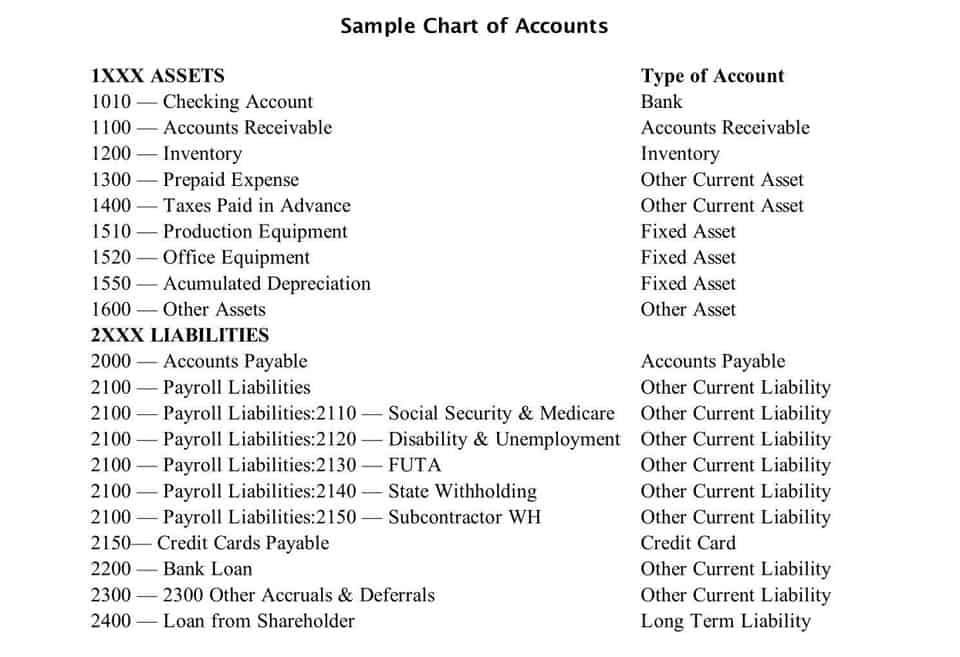
The company’s financial strategy aims to balance debt and equity financing to support its growth initiatives while maintaining financial stability. When a firm is primarily funded using debt, it is considered highly leveraged, and therefore investors and creditors may be reluctant to advance further financing to the company. A higher asset to equity ratio shows that the current shareholders own fewer assets than the current creditors. A lower multiplier is considered more favorable because such companies are less dependent on debt financing and do not need to use additional cash flows to service debts like highly leveraged firms do.
H3 Step 1: Identify Total Assets

The equity multiplier formula is calculated by dividing total assets by total stockholder’s equity. In contrast, technology and service-oriented sectors often exhibit lower equity multipliers. These industries rely more on intellectual property or human capital than physical assets, leading to a preference for equity-heavy capital structures and reduced debt reliance. The equity multiplier is calculated by dividing the company’s total assets by its total stockholders’ cash flow equity (also known as shareholders’ equity). Because their assets are generally financed by debt, companies with high equity multipliers may be at risk of default. On the other hand, a lower equity multiplier suggests that the company adopts a more conservative financing strategy, thereby reducing its exposure to financial risk.

Role in Assessing Financial Stability
- Lenders are more likely to charge higher interest rates to companies with higher equity multipliers or debt ratios, due to perceived higher risk.
- Companies finance their assets through debt and equity, which form the foundation of both formulas.
- This ratio compares a company’s market value to its book value, providing insight into whether a stock is undervalued or overvalued relative to its actual financial worth.
- A bank with a high equity multiplier might not be well-equipped to handle these types of situations.
- This does keep their equity multiplier ratio low, however, they may be struggling to find lenders.
This means that for every $1 of equity, Company XYZ has $2 of debt ratio or other liabilities. Equity multiplier can also compare the financial structure of different companies. A company with a higher equity multiplier is usually considered to be more leveraged than a https://www.bookstime.com/articles/equity-multiplier company with a lower equity multiplier. Additionally, a low equity multiplier is not always a positive indicator for a company.
- By using this formula, we can determine how much debt a company has taken on relative to its equity.
- Let us try to understand the concept of equity multiplier calculation with the help of some suitable examples.
- From a credit risk perspective, if a firm has a high degree of leverage, then it is more likely to default on its obligations, making it a higher credit risk.
- These industries rely more on intellectual property or human capital than physical assets, leading to a preference for equity-heavy capital structures and reduced debt reliance.
Examples of Equity Multiplier Ratio

If business operations are good, the company’s financial leverage will also be good. A lower equity multiplier indicates a company has lower financial leverage. In general, it is better to have a low equity multiplier because that means a company is not incurring excessive debt to finance its assets. Instead, the company issues stock to finance the purchase of assets it needs to operate its business and improve its cash flows. By using this formula, we can determine how much debt a company has taken on relative to its equity.
- Suppose company ABC has total assets of $10 million and stockholders’ equity of $2 million.
- It indicates how much of the company’s assets are financed by stockholders’ equity versus debt.
- By looking at the whole picture, now an investor can decide whether to invest in the company or not.
- A higher equity financing gives the company a flexibility to raise capital from investors without the obligation to pay it back in full amount with interest.
- This is because it is calculated by dividing total assets with total equity.
- It reflects how much of a company’s assets are financed by equity versus debt.
Company
Commonly, this might signify a conservative financial strategy, where a company prefers to finance its operations mainly through equity. Effective management of financial leverage is crucial for maintaining a healthy balance between risk and return. Companies can manage equity multiplier their equity multiplier by carefully controlling the level of debt they take on relative to their equity.